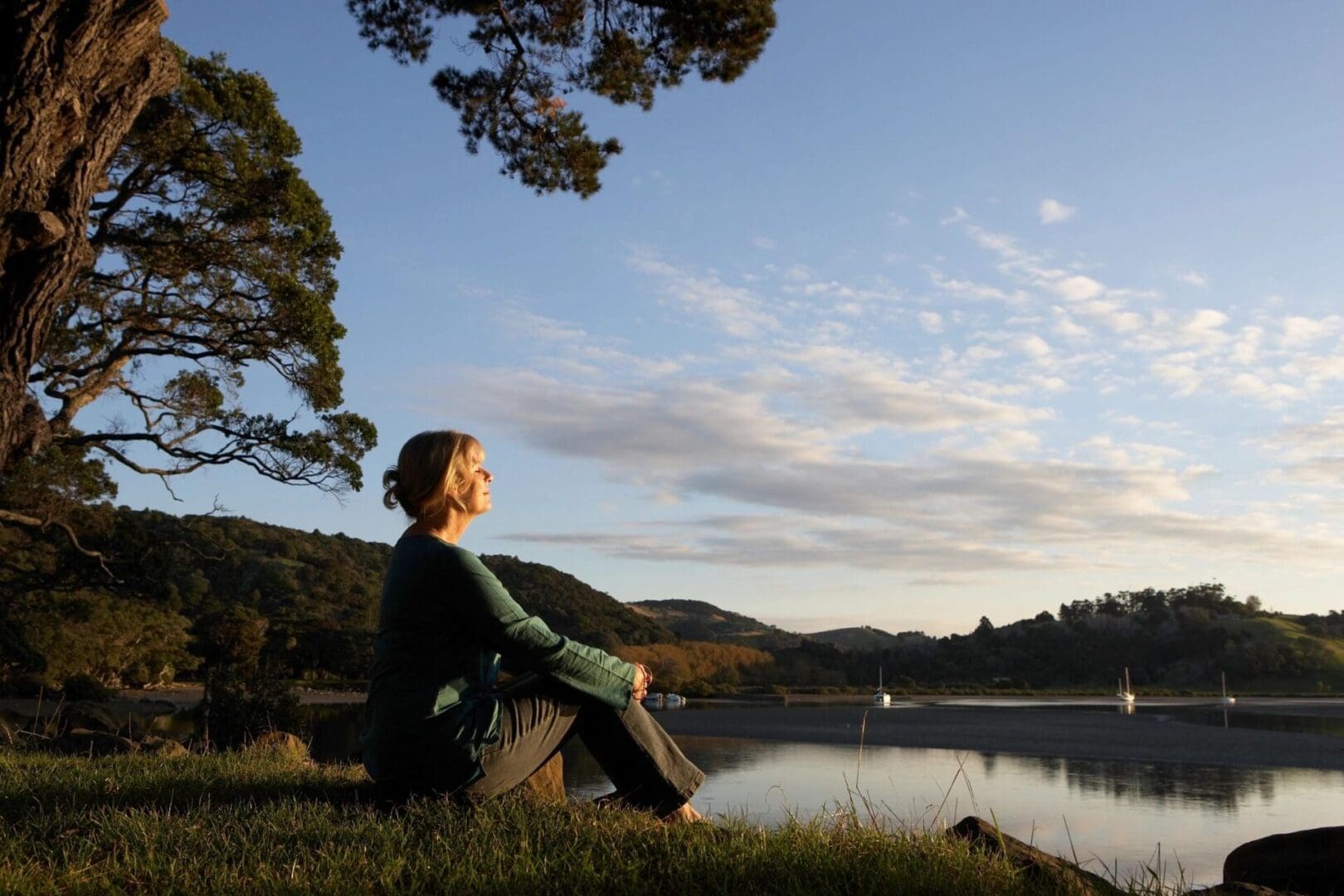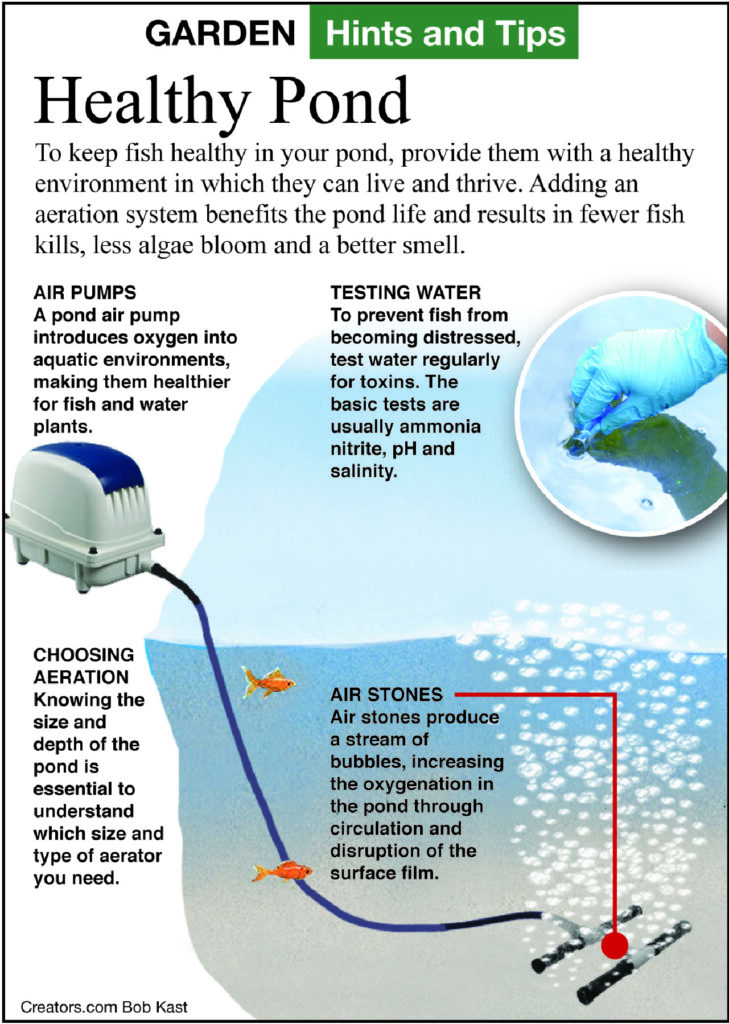Search Posts
Recent Posts
- Rhode Island Legislature Highlights Accomplishments for the 2025 Session June 25, 2025
- Sports in RI: Cody Tow, Volleyball Past, Present and Into His Future – John Cardullo June 25, 2025
- Need a Break? Time for Sour Grapes – Tim Jones June 25, 2025
- Rhode Island Weather Forecast for June 25, 2025 – Jack Donnelly June 25, 2025
- It is what it is: Commentary on 6.25.25 with Jen Brien June 25, 2025
Categories
Subscribe!
Thanks for subscribing! Please check your email for further instructions.

A Greener View: Fixing a dirty pond – Jeff Rugg
by Jeff Rugg, contributing writer
Question: We share the shoreline of a half-acre pond that is about three feet deep at the maximum. It is filled with gooey algae. The shoreline has some cattails and a few other weeds. There are a few fish, but they seem to die whenever we add algaecides. It is a mess. We were told that draining it and dredging it out could cost tens of thousands of dollars. What can we do to clean up this pond naturally?
Answer: Ponds start out deep and then they begin to fill in from leaves and other debris so that they eventually become a marsh and then a prairie or woods. Natural ponds often have an outlet for water to carry excess nutrients out of the pond, adding oxygen to the water and mixing the water from top to bottom.
Many man-made retention ponds start out too shallow, don’t have an ecosystem in balance, don’t have good plants consuming the nutrients, and don’t have a regular outflow of water.
Shallow ponds under about five feet deep allow sunlight to penetrate to the bottom. This allows algae to grow to the full depth of the pond. If the good plants are not in the pond, algae will fill all of the available space. Dense algae floating on the surface can block light to the lower pond water, causing algae not getting sunlight to die and sink to the bottom. Bacteria on the bottom decay the dead algae, using up all the available oxygen. Once there is no oxygen, no light for photosynthesis, and no water circulation to bring oxygen to the bottom water, the pond will start smelling, and the fish will start dying.
Retention ponds are designed to retain water for some time before letting it go downstream. During the retention time, many heavier nutrients sink to the bottom. The water coming into a retention pond is often very polluted with an excess of nutrients that will grow plants, including algae. Some of these ponds only have water coming into them from the surrounding lawns.
Many retention ponds are fed from storm sewer pipes that come from a much wider area. To maintain pond water quality, it may be necessary to regulate what people use to fertilize lawns, what pesticides are used, and maybe most importantly, how much and what kind of road salt is used to de-ice the roads in the winter.
Sunlight, nutrients and water are all available in a pond, so something is going to grow. Rather than letting weeds take over the pond, why not plant some pretty plants? There are many water lilies and underwater, floating and shoreline plants that can help create a balance between the nutrients coming in and the plant growth. Making a wider planting shelf for shoreline plants will help these good plants consume the lawn nutrients before they make it into the pond water.
Besides good plants, a pond needs bacteria. Bacteria break down organic matter, consume nutrients necessary for algae growth, and release compounds that inhibit algae growth. Most of the beneficial bacteria we want in the pond need oxygen to survive.
The best water circulating method is to pump air to the bottom of the pond. Air is easier to move than water with the same amount of electricity. An air compressor sits on the shoreline and an air stone sends out bubbles at the pond bottom. As the air bubbles rise to the surface, they draw the bottom water up with them. The water then contacts the surface and exchanges bad gases for good ones. The bubbles themselves have such strong surface tension that very little air is added to the water from the bubbles.

It is often difficult to get everyone who owns land around a retention pond to get on board with the natural approach that uses bacteria, good shoreline plants and water circulation to create a balanced ecosystem. It is much harder to get people who live in the pond’s upstream watershed, but who don’t have access to the water, to agree to limitations on their use of fertilizer or road salt. Many people try the quick solution of killing algae with weed killer, but since there are few good plants to consume the nutrients left by the dead algae, more algae will grow. In the meantime, the bacteria that are there may consume all the available oxygen as they try to decay all the dead algae, thus killing the fish.
Algaecides are useful tools in the initial balancing of an ecosystem, but if they are the only tool being used, the balanced ecosystem will be difficult to establish. In the long run, only a balanced ecosystem will work. Since the man-made pond is an artificial body of water it will take continued intervention to make it operate properly.
___
To read more columns on gardening by Jeff, go to: https://rinewstoday.com/?s=jeff+rugg

Email questions to Jeff Rugg at info@greenerview.com. To find out more about Jeff Rugg and read features by other Creators Syndicate writers and cartoonists, visit the Creators Syndicate website at www.creators.com. COPYRIGHT 2020 JEFF RUGG – DISTRIBUTED BY CREATORS SYNDICATE
